
Toilet clogs are a common yet frustrating issue every homeowner encounters. The problem can range from a minor annoyance to a major predicament, especially if it begins to overflow. While you might be tempted to call a professional plumber at the first sign of trouble, knowing how to clear a clogged toilet yourself can save you time and money.
Paschal Air, Plumbing & Electric has over 50 years of experience in assisting homeowners like you with home services, and we believe in empowering you with knowledge. In this comprehensive guide, we’ll take a detailed journey through the steps you can take to tackle a clogged toilet yourself. And when the task is too big to handle, remember the Paschal professionals are just a call away.
Understand the Anatomy of Your Toilet
To effectively unclog a toilet, it helps to know how it works. This will not only aid in your current predicament but also provide insight into avoiding future clogs. So let’s start our journey by understanding the basic anatomy of a toilet.
The toilet consists of two main parts: the tank and the bowl. The tank houses water and includes the flushing mechanism. This mechanism is typically a flapper that lifts when you push the handle, allowing water from the tank to flow into the bowl.
The bowl contains the siphon tube, a curving pipe that leads from the base of the bowl to the sewer pipe. When you flush the toilet, the water from the tank pushes the waste and water in the bowl down the siphon tube. If the tube or the sewer line is obstructed, you’ve got a clog.
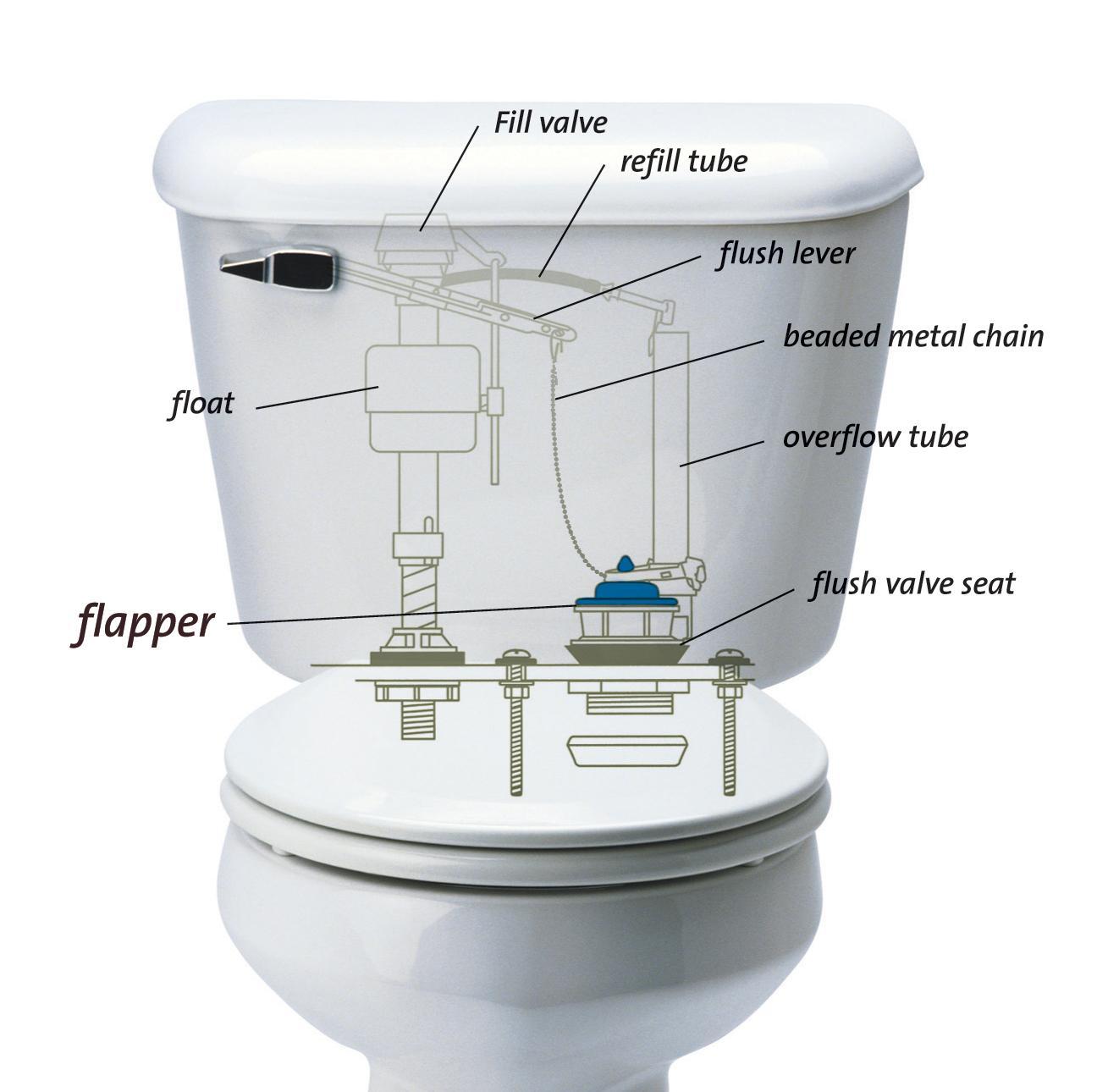
Identifying a Clog
Identifying a clog can sometimes be as simple as noticing your toilet isn’t flushing properly. Other times, the signs might be more subtle. Here are a few common symptoms that indicate a clogged toilet:
- The toilet bowl fills up without draining: This is usually the first sign of a clog. If the water level rises and doesn’t drain after flushing, chances are there’s a clog obstructing the siphon tube or the sewer line.
- The toilet makes gurgling sounds: A gurgling toilet can indicate a blockage. The noise occurs when air trapped in the pipes is pushed up through the system.
- Water backs up into the sink or tub when you flush: This can indicate a clog further down in the main drain pipe. If flushing your toilet causes water to back up into other fixtures, the issue might be more serious than a standard clog.
If you notice any of these signs, it’s time to get to work. Let’s begin with some quick fixes.
The Quick Fixes: Plungers & Enzyme-Based Drain Cleaners
The plunger is perhaps the most iconic tool for unclogging a toilet. But not all plungers are created equal, and for best results, you’ll want a flange or funnel-cup plunger. This type of plunger has an extra ring of rubber (the flange) around the cup, allowing for a better seal around the toilet drain.
Plunger Technique
- 1) Prepare the area: Lay towels around the base of the toilet to soak up any water that might splash out.
- 2) Position the plunger: Insert the plunger into the bowl, tilting it to allow water into the cup, ensuring a good seal over the drain hole.
- 3) Apply force: With the plunger sealed over the drain, push down and pull up rapidly about 10-15 times. This creates pressure and suction that can dislodge the clog.
- 4) Check the drainage: Lift the plunger and flush the toilet to see if the clog has cleared. If not, repeat the process.
If plunging fails, you might consider trying an enzyme-based drain cleaner. These products use natural enzymes or bacteria to break down the clog. They’re safer for your pipes (and the environment) than chemical drain cleaners, but they take longer to work.
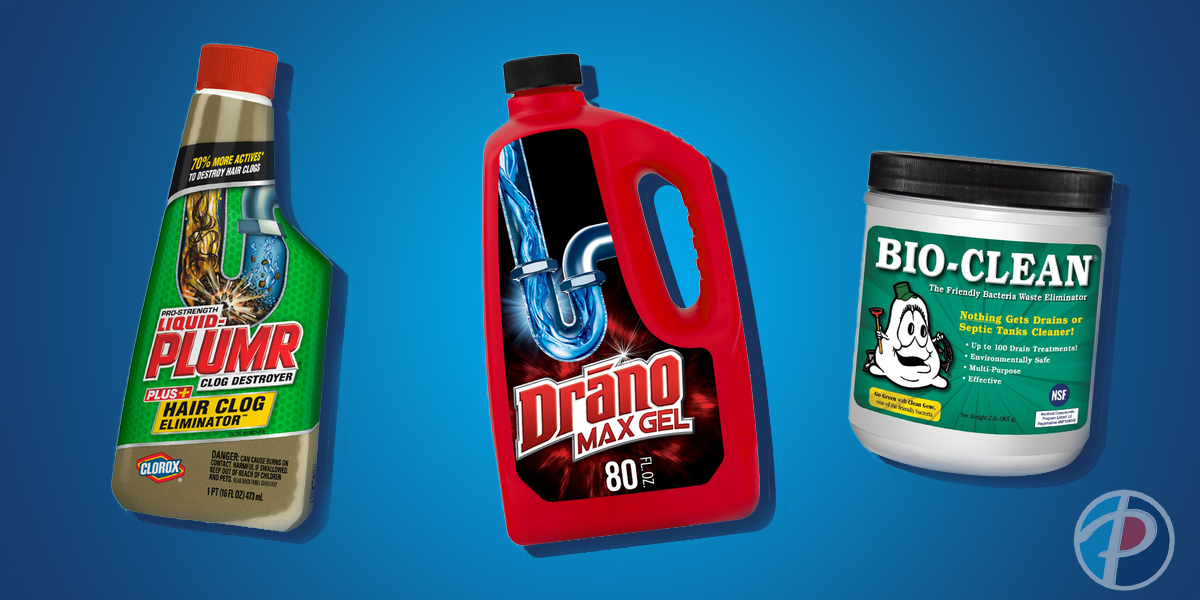
Using Enzyme-Based Drain Cleaners
- 1) Choose the right product: Pick a product specifically designed for toilets, and follow the instructions on the label.
- 2) Apply the cleaner: Generally, you’ll pour the cleaner into the toilet bowl and leave it to sit overnight. The enzymes need time to break down the material causing the clog.
- 3) Flush the toilet: In the morning, flush the toilet to check if the clog has cleared.
If the clog still persists, it might be time to escalate your efforts.
Intermediate Steps: Plumbing Snakes & Closet Augers
If a plunger and drain cleaner can’t get the job done, a plumbing snake or closet auger could be your next best bet. These tools are specially designed to reach deep into your toilet’s drain and break up or retrieve the clog.
Using a Plumbing Snake
- 1) Insert the snake: Push the end of the snake into the drain opening.
- 2) Crank the snake: Turn the handle clockwise. This action moves the snake further into the pipe.
- 3) Break up the clog: Once you feel resistance, crank the snake to break up the clog or latch onto it so you can pull it out.
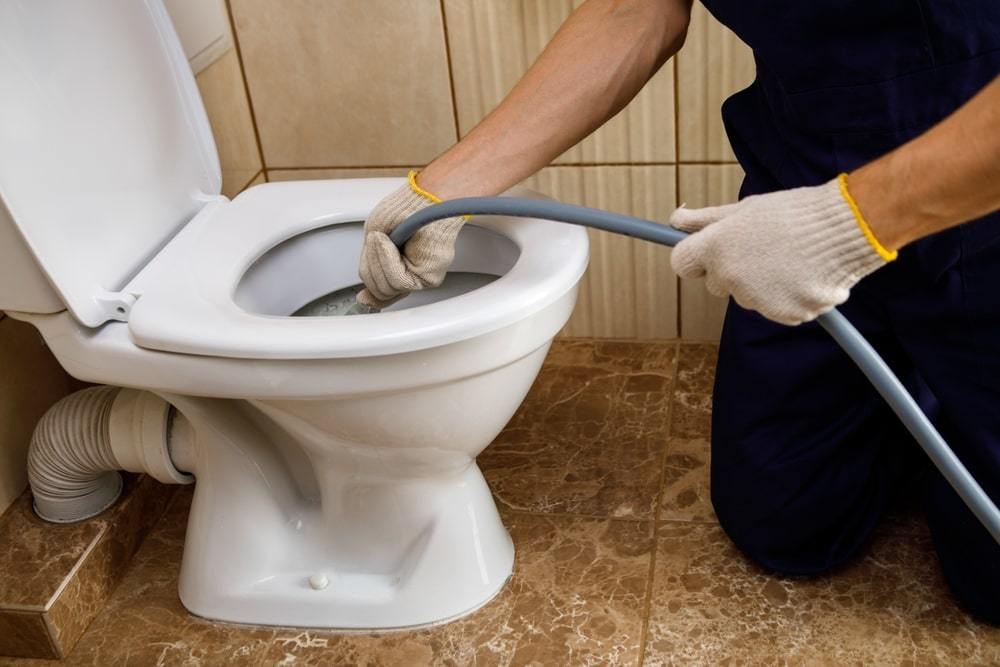
Using a Closet Auger
- 1) Insert the auger: Place the bottom curve of the auger into the toilet bowl, aiming for the drain hole.
- 2) Crank the auger: Similar to the snake, turn the handle to extend the auger into the drain.
- 3) Break up or retrieve the clog: Use the auger to dislodge or pull out the obstruction.
- 4) Remove and clean the auger: Once the clog is cleared, remove the auger and clean it thoroughly.
Remember to be gentle when using these tools. Too much force can potentially damage your toilet or pipes.
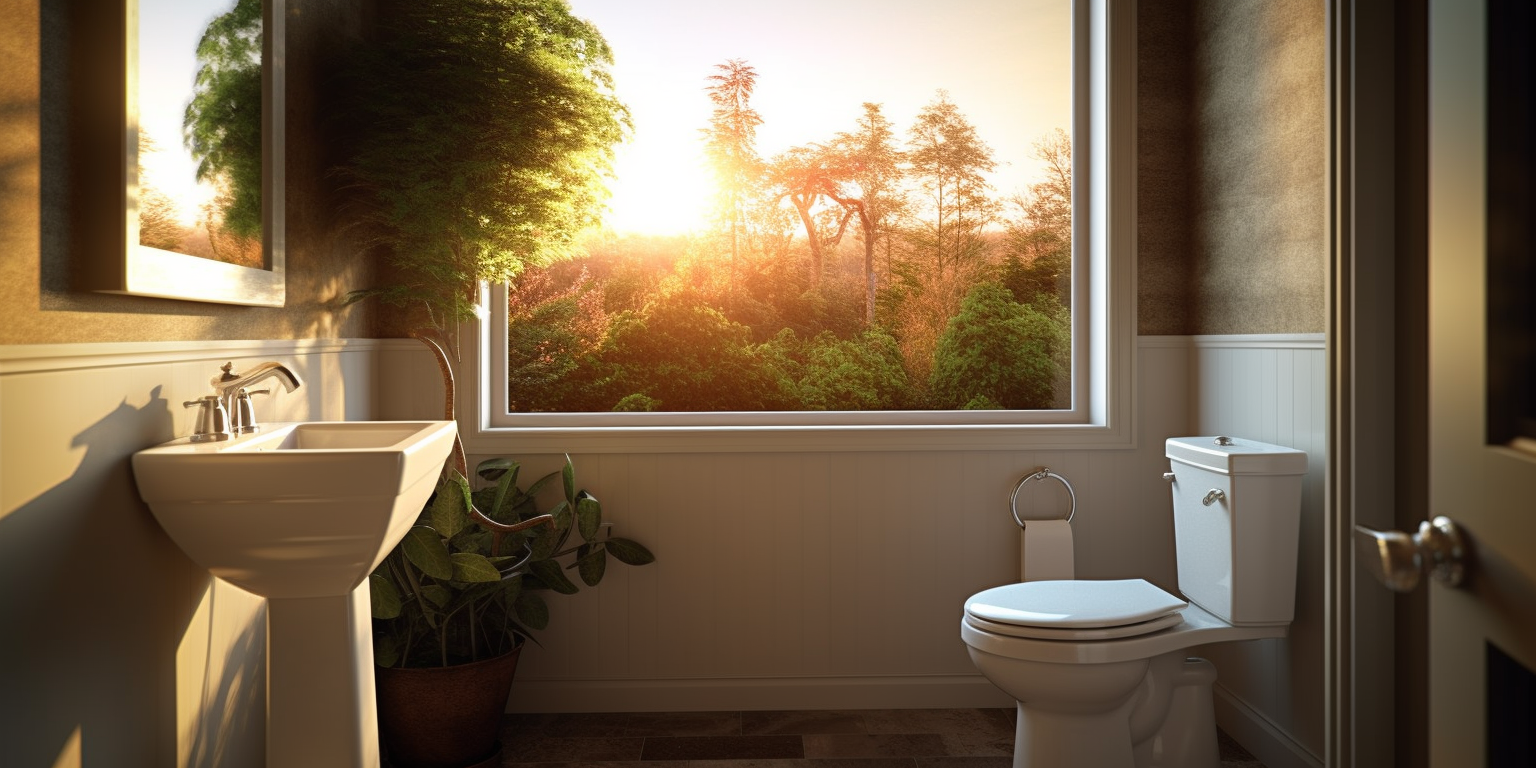
The Heavy-Duty Solution: Disassembling Your Toilet
If the clog is stubborn and hasn’t responded to plunging, drain cleaners, or snaking, you may need to remove your toilet to address the issue directly. This is a more advanced solution and requires a certain level of comfort with DIY plumbing.
Disassembling Your Toilet
- 1) Prepare your work area: Lay down towels or tarps around your toilet to protect your floor and make clean-up easier.
- 2) Shut off the water supply: Locate the water supply valve, usually on the wall behind the toilet, and turn it off.
- 3) Empty the tank and bowl: Flush the toilet to empty as much water as possible from the tank and bowl.
- 4) Disconnect the water supply: Unscrew the water supply line from the fill valve at the bottom of the tank.
- 5) Remove the toilet: Unscrew the bolts holding the toilet to the floor. Have a helper assist you in lifting the toilet and moving it to the side.
- 6) Inspect and clear the clog: With the toilet removed, you should be able to see the obstruction. Use a plumbing snake or hand tools to remove the clog.
- 7) Reinstall the toilet: Once the clog is cleared, replace the wax ring, reposition the toilet, and reassemble everything in reverse order.
If this heavy-duty solution still doesn’t resolve the issue, or if you’re uncomfortable attempting this process yourself, it’s time to call a professional.
Preventive Measures to Avoid Future Clogs
Now that you’ve cleared your clogged toilet, it’s a great time to consider how you can prevent future clogs. Here are some proactive measures you can take:
- Only flush toilet paper and human waste: Avoid flushing items like wet wipes, cotton swabs, diapers, or feminine hygiene products, even if they’re marked as “flushable.”
- Maintain your sewer lines: Have your sewer lines professionally inspected and cleaned regularly to prevent build-up and root infiltration.
- Educate your household: Make sure everyone in your home understands what can and cannot be flushed.
- Use thinner toilet paper: Thicker, plush toilet paper is more likely to cause clogs. Consider switching to a thinner variety.
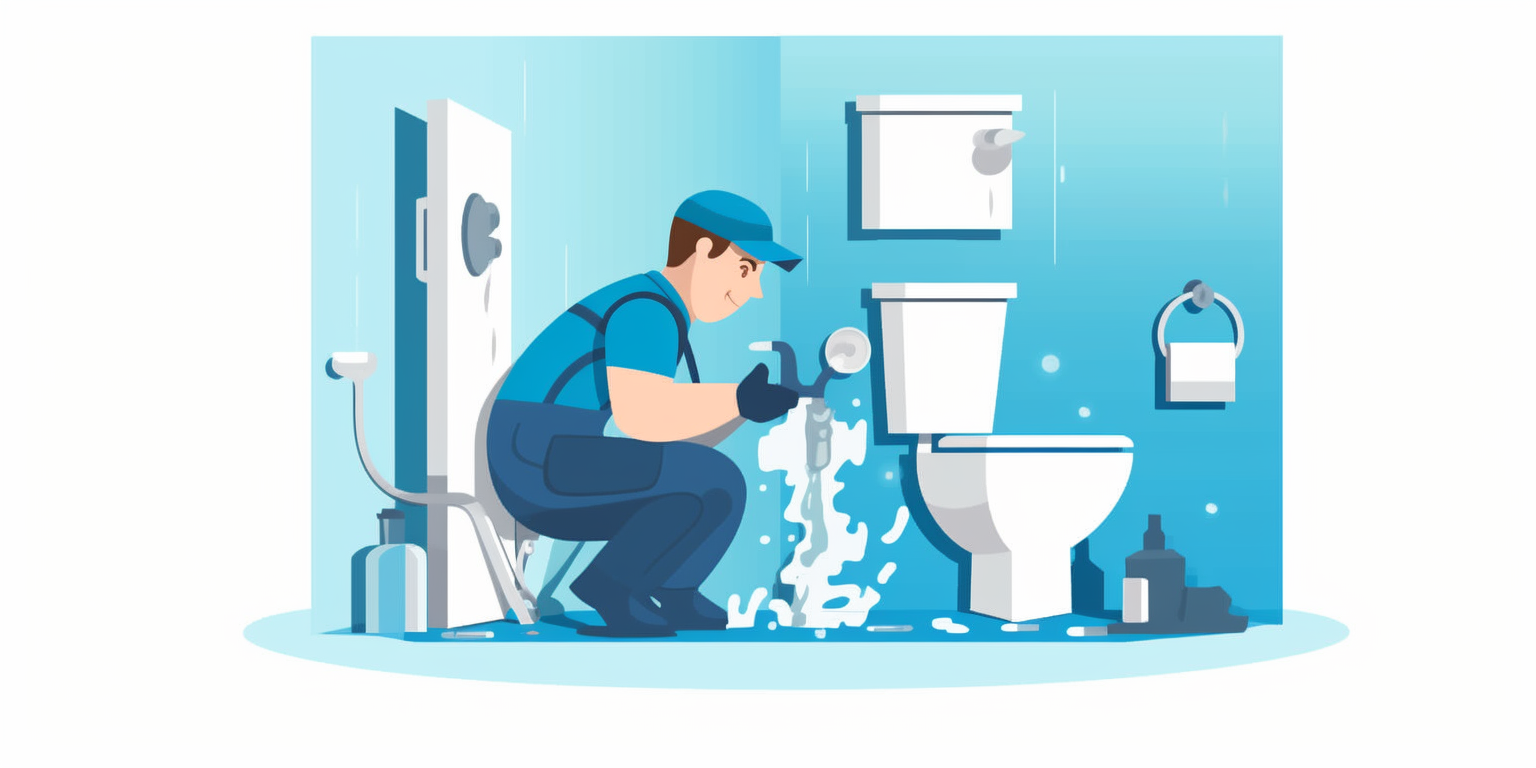
When to Call a Professional
While many clogs can be dealt with using DIY methods, some situations require a professional’s expertise:
- The clog persists after trying DIY methods: If you’ve attempted the methods described above with no success, it’s time to call a pro.
- There’s sewage backup in your home: This could indicate a problem with your main sewer line, which is a serious issue that needs professional attention.
- You’re not comfortable doing it yourself: Plumbing can be messy and complicated. If you’re unsure, it’s always better to call a professional.
FAQs
- 1. Can I use a chemical drain cleaner to unclog my toilet? While chemical drain cleaners can sometimes be effective, they can also damage your pipes and are harmful to the environment. We recommend trying a plunger, a snake, or an enzyme-based cleaner first.
- 2. Why does my toilet keep clogging? Repeated clogs could be due to a variety of issues, such as flushing non-flushable items, problems with your sewer line, or low-flow toilets that don’t provide enough force to clear the pipes.
- 3. Can a clogged toilet damage my home? If not addressed, a clogged toilet can lead to leaks or overflow, causing water damage to your home. If you see water seeping from the base of your toilet, it’s time to call a professional.
- 4. How often should I have my sewer line inspected or cleaned? For most homes, a sewer line inspection every 18-22 months can help identify potential issues before they become major problems.
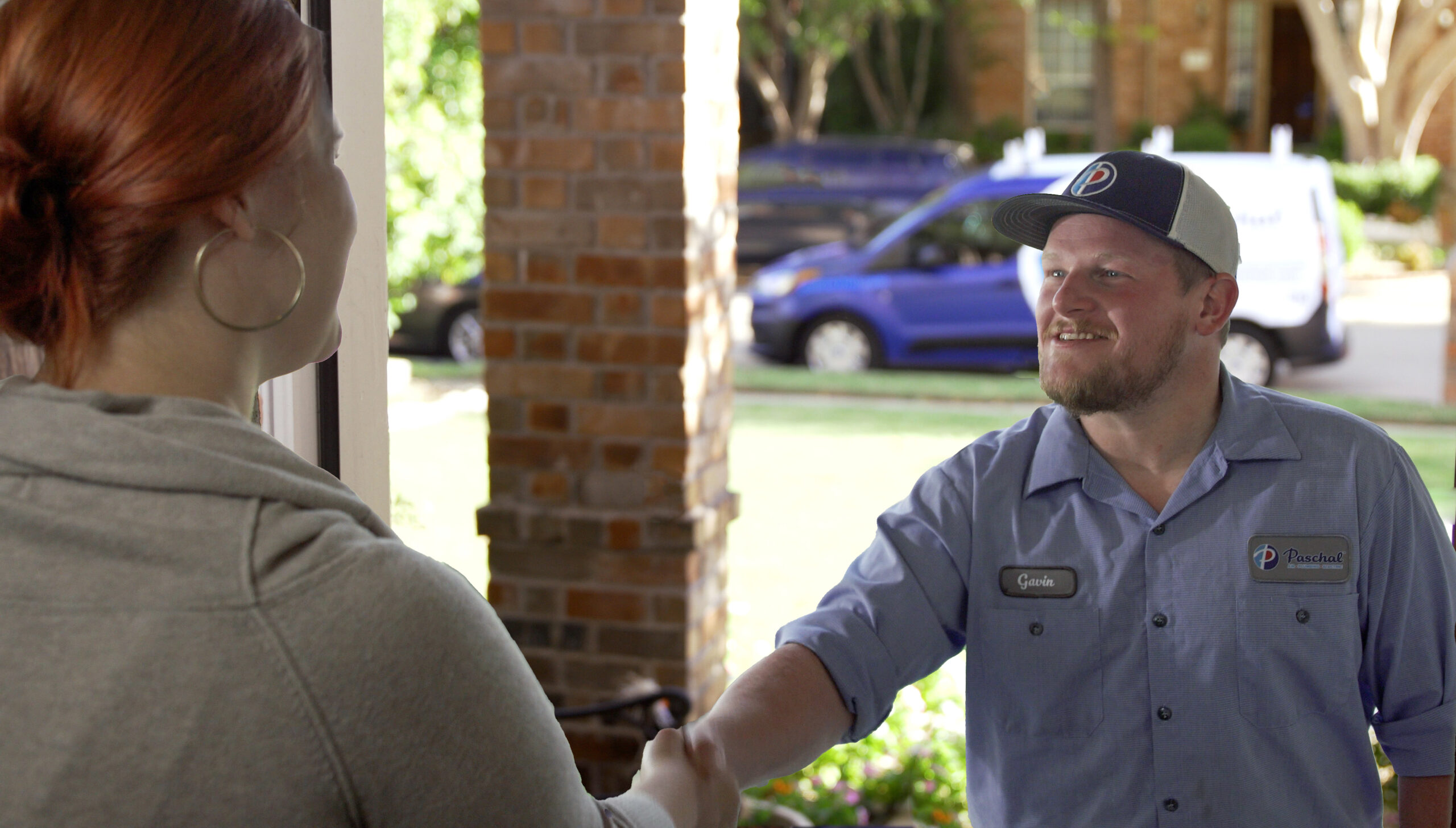
Call the Professionals at Paschal Air, Plumbing & Electric
Clearing a clogged toilet can often be a straightforward process. With some knowledge of your toilet’s anatomy and the right tools, you can take care of most clogs yourself. But remember, not every clog is easily dealt with, and there’s no shame in calling in the pros when the job gets too big.
At Paschal Air, Plumbing & Electric, we’re always ready to help with all your home service needs. So if you find yourself facing a stubborn clog, don’t hesitate to reach out. Our experienced team is equipped to handle any plumbing issue, big or small. Don’t let a clogged toilet disrupt your day—schedule your next appointment with the professionals at Paschal today!







